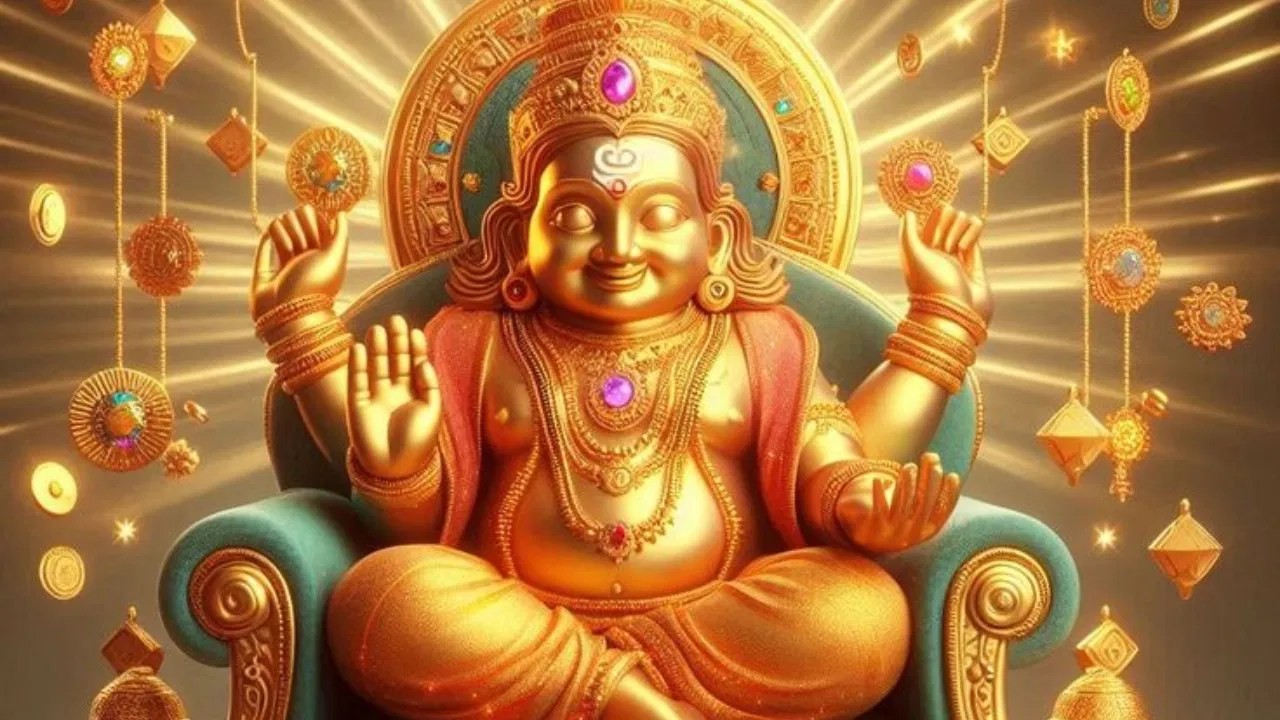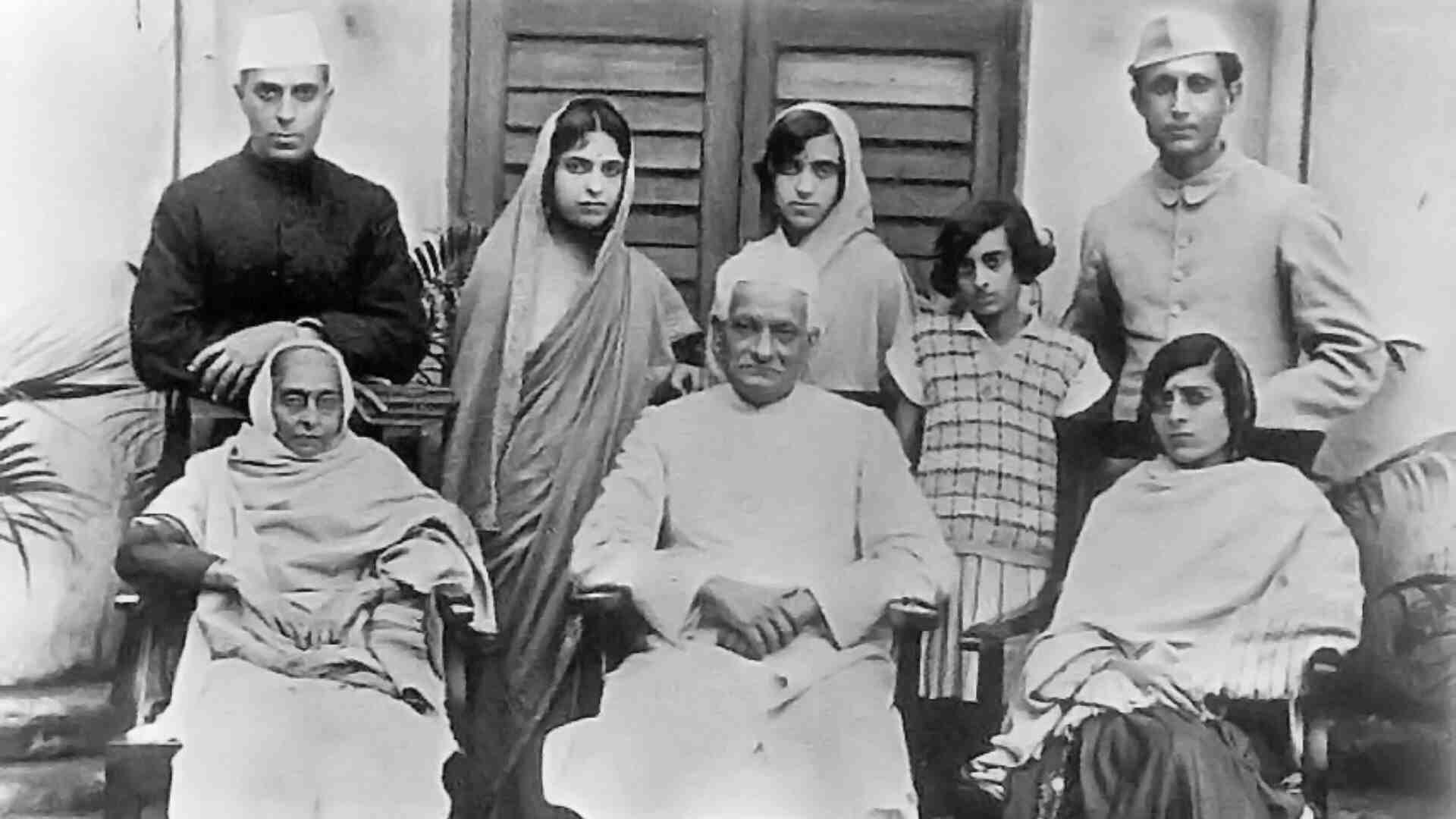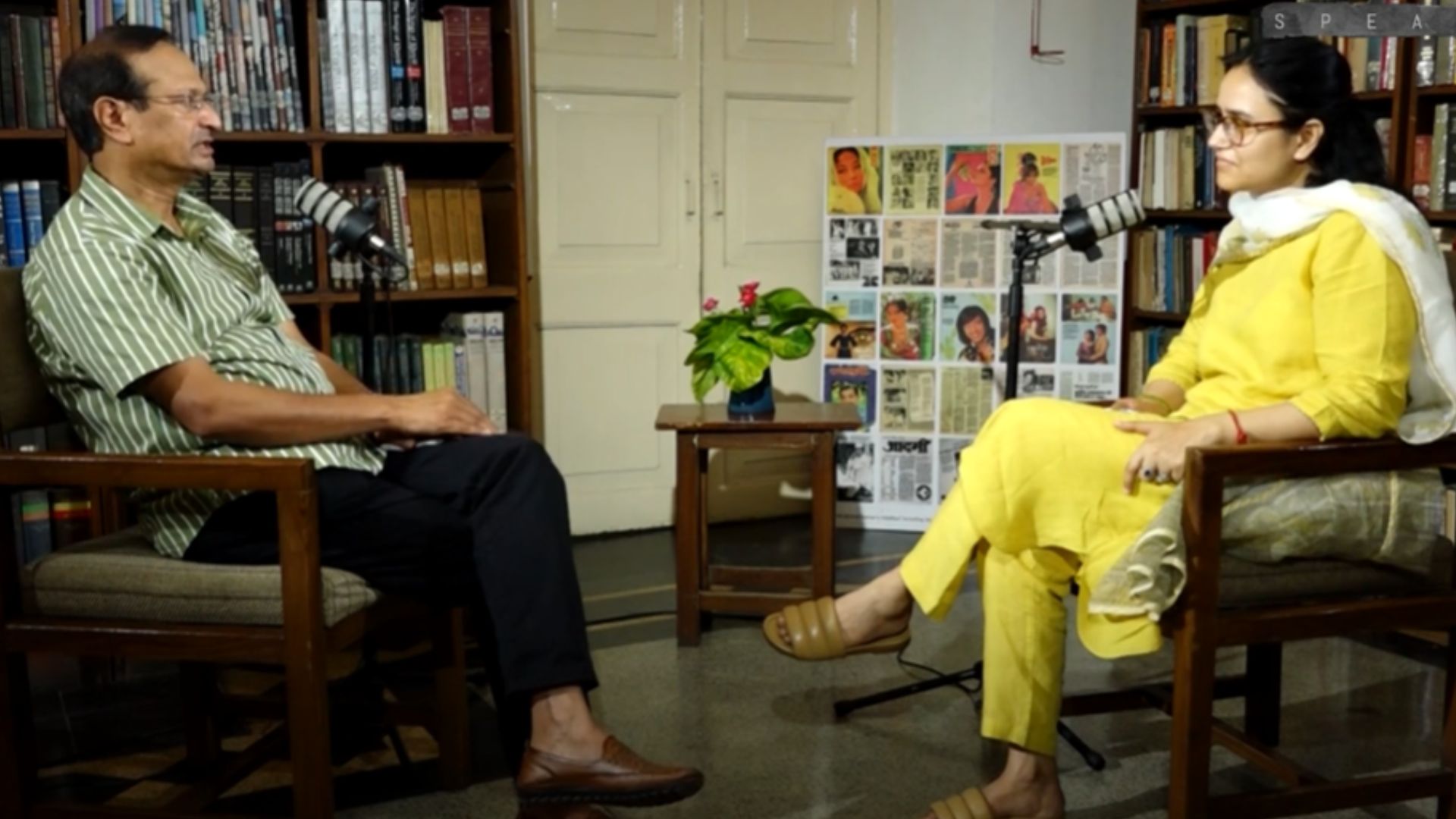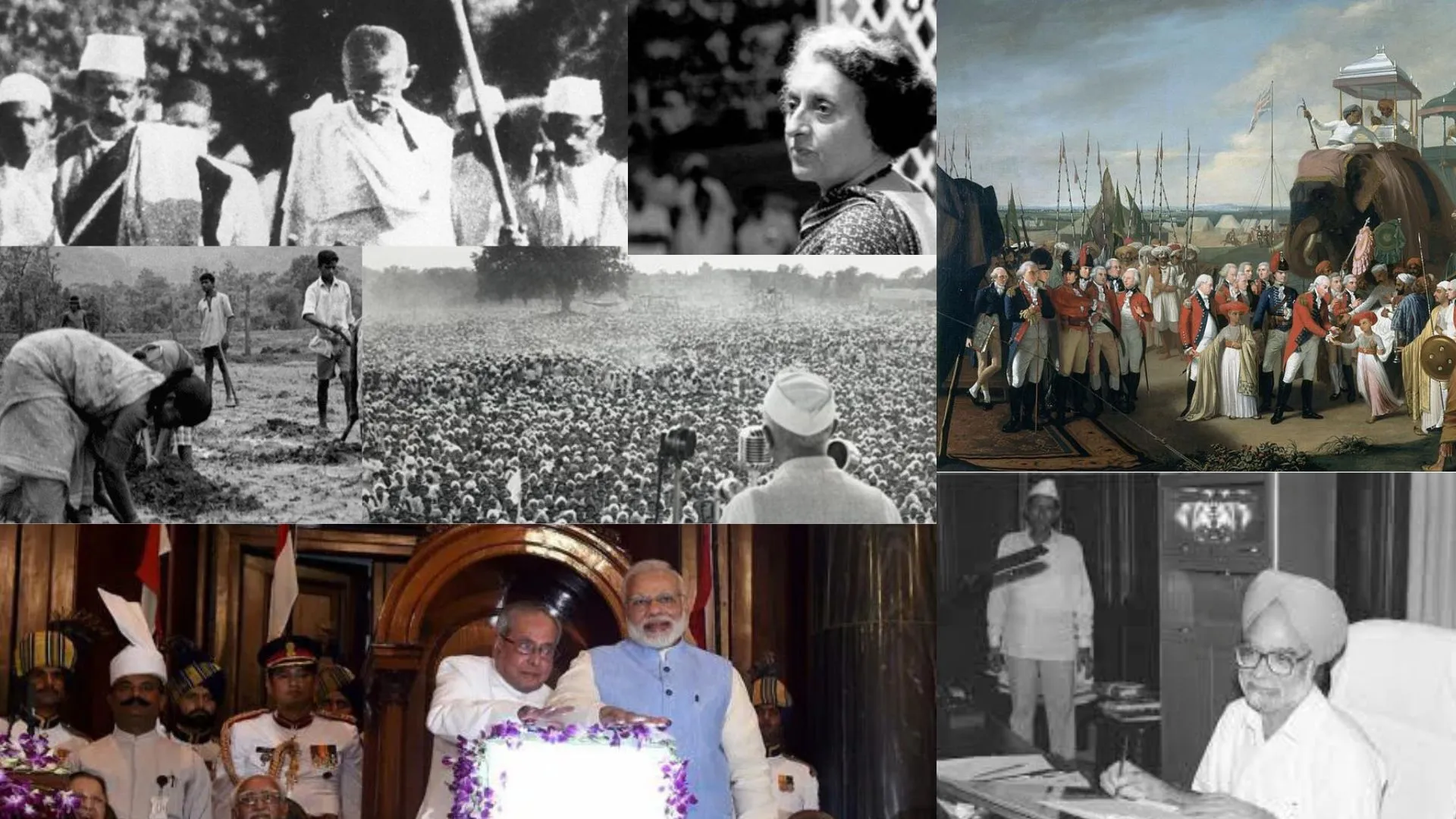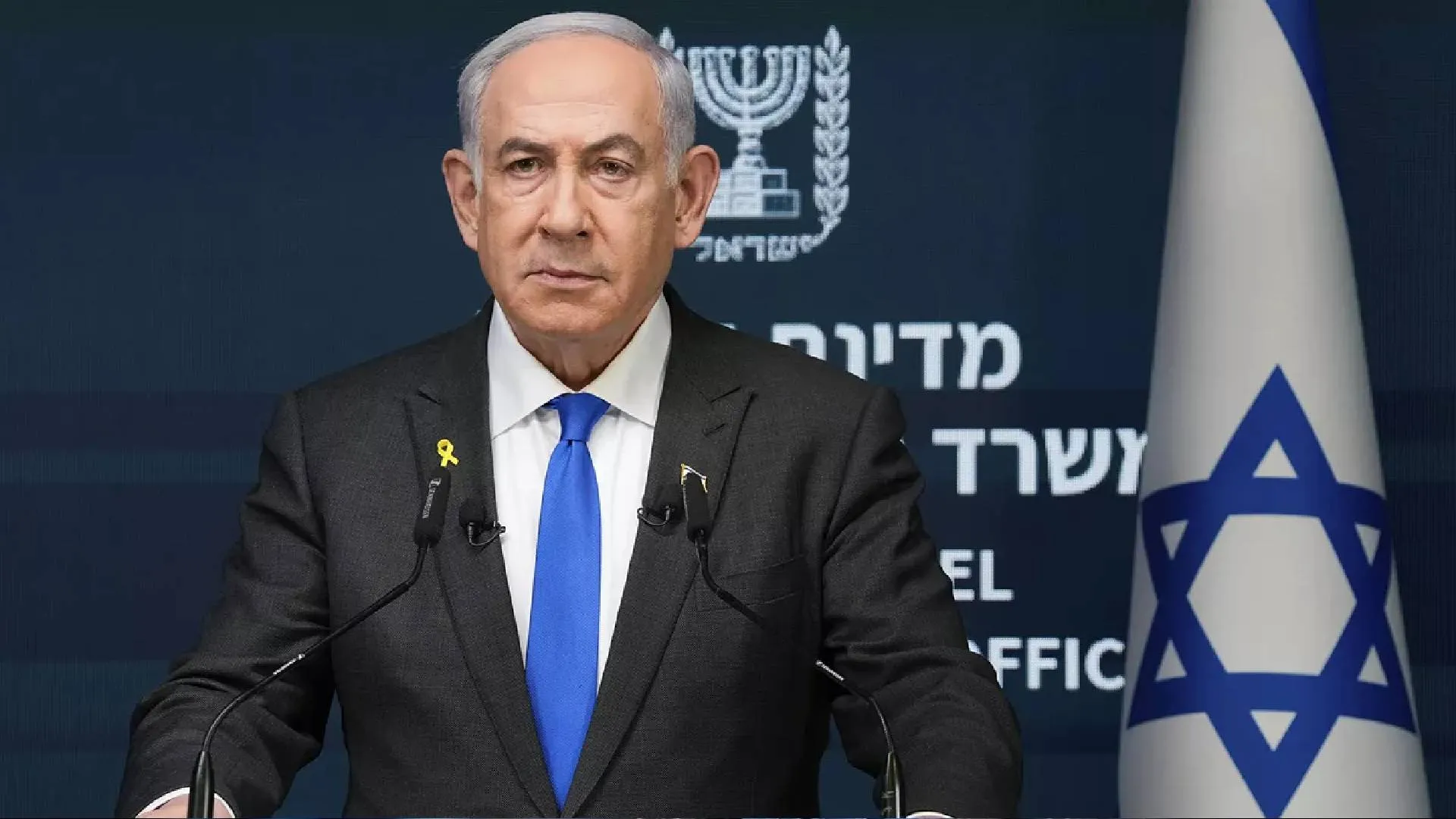India’s Monetary Evolution
India’s long and vibrant history shines through its currency. The evolution of Indian exchange systems tells a compelling story. Holding a rupee means holding a piece of Indian history. Indian transaction methods stretch back millennia, weaving a fascinating narrative.
From Punch-Marks to Paper
This journey began with simple, punch-marked coins during the ancient Mauryan Empire. As centuries passed, the monetary system grew more complex. The Mughals introduced a standardized silver coin known as the “rupee.” This progression mirrors the rise and fall of empires. It also shows the growing importance of commerce in Indian society.
The Mauryan Era (6th BCE – 2nd BCE)
The concept of standardized coins emerged during the Mauryan Empire (322–185 BCE). This period saw significant advancements across various fields. Early coins, made from silver and copper, were simple yet effective. They lacked intricate designs, instead bearing a series of punched marks. These marks likely represented cities, merchants, or rulers. They offer a glimpse into the economic structure of the time.
Archaeological Discoveries
Excavations have unearthed many punch-marked coins, especially in Taxila. This ancient city, now in Pakistan, has yielded valuable insights. These finds illuminate the early stages of Indian coinage and the Mauryan economic landscape.
The Golden Gupta Age (4th-6th CE)
The Gupta Empire ushered in a golden age for Indian art. This artistic prowess extended to their coinage. Gupta coins, primarily gold, featured intricate designs. These motifs reflected the empire’s social, religious, and political spheres. The coins often depicted rulers and revered figures from Indian mythology. They showcase the artistic mastery of the Gupta period.
Medieval Transformations (12th-18th CE)
The Delhi Sultanate Influence
The Delhi Sultanate’s arrival in the 12th century marked a significant shift. Coin design changed dramatically. New coins displayed beautiful Arabic calligraphy instead of royal portraits. This change reflected the culture and religion of the new Muslim rulers. Despite these aesthetic changes, coins continued to be minted in gold, silver, and copper.
Coin Denominations
Large gold coins were called Tankas. Smaller ones, made of silver or copper, were known as Jittals. These varying denominations hint at a complex economic system.
The Mughal Impact
The Mughal Empire, established in 1526 AD, transformed Indian currency. They standardized the monetary system across their vast empire. This ensured a more unified and efficient economic structure.
Birth of the Rupee
Sher Shah Suri, who briefly interrupted Mughal rule, introduced a pivotal change in 1540. He issued a silver coin called the rupiya, weighing about 178 grams. This coin laid the foundation for the modern Indian rupee. Silver remained the primary metal for coinage throughout the Mughal period.
The British East India Company Era (1600s-18th CE)
The British East India Company’s arrival marked another chapter in Indian currency history. Interestingly, Mughal currency remained dominant initially. In 1717, the company received permission to mint coins at the Bombay mint.
British Coinage in India
These British-minted coins had unique names:
- Carolina (gold)
- Angelina (silver)
- Cupperoon (copper)
- Tinny (tin)
The Rise of Paper Currency
The 18th century witnessed a revolutionary change – paper money! Banks like the Bank of Hindostan, General Bank of Bengal, and Bengal Bank issued the first paper currency. This innovation streamlined financial transactions and modernized India’s monetary system.
A Legacy Etched in Metal
From punch-marked coins to the standardized rupiya, Indian currency tells a compelling story. These coins stand as silent witnesses to historical changes. They reflect shifting cultural landscapes and evolving trade practices.
Coins as Historical Records
Each coin, with its unique design and weight, serves as a miniature historical record. These ancient coins reveal much about India’s past. They show how money changed over centuries while trade remained a constant in Indian life.
Coins and Social Structures
Beyond their historical value, ancient Indian coins offer insights into social and economic structures:
- Mauryan coins hint at bustling trade networks, facilitating local and international commerce.
- Gupta coins showcase the period’s artistic achievements and religious influences.
- Delhi Sultanate’s Tankas and Jittals suggest an economy with various wealth levels.
A Tangible Link to the Past
Ancient Indian coins connect us to history in a tangible way. Unlike subjective historical texts, coins offer concrete evidence. Their weight, metal content, and markings reveal economic practices and artistic styles of bygone eras.
Bridging Time
These coins bridge present and past. They help us imagine bustling marketplaces and intricate trade routes. We can envision skilled artisans crafting these historical pieces. Studying them deepens our appreciation for our ancestors’ ingenuity and resourcefulness.
The Ongoing Journey of Discovery
India’s currency journey continues to unfold. New archaeological discoveries reveal more about monetary evolution. Each find enhances our understanding of India’s economic and cultural development.
Coins as Time Capsules
Ancient Indian coins are like tiny history books waiting to be read. Each coin, with its unique markings and composition, tells a story. By piecing these stories together, we gain a clearer view of India’s vibrant past.
Conclusion
The journey of Indian currency from ancient times to the present day is a testament to the country’s rich cultural and economic heritage. From the simple punch-marked coins of the Mauryan era to the intricate designs of the Gupta period, from the calligraphy-adorned coins of the Delhi Sultanate to the standardized rupee of the Mughal Empire, each phase of Indian coinage tells a unique story.
These coins do more than facilitate trade; they serve as miniature time capsules, preserving snippets of history in metal. They reflect the artistic achievements, religious influences, and economic structures of their times. The introduction of paper currency by the British East India Company marked another significant milestone in this journey.
As archaeologists and historians continue to unearth new discoveries, our understanding of India’s monetary history deepens. Each coin, whether a grand gold Tanka or a humble copper Jittal, adds to our knowledge of India’s past. They offer tangible links to ancient marketplaces, trade routes, and the daily lives of our ancestors.
The story of Indian currency is far from over. It continues to evolve, reflecting the country’s growth and changes. By studying this numismatic history, we gain not just economic insights, but a deeper appreciation for India’s cultural richness and historical complexity. The coins of yesterday have paved the way for the currency of today, and will undoubtedly influence the financial systems of tomorrow.


